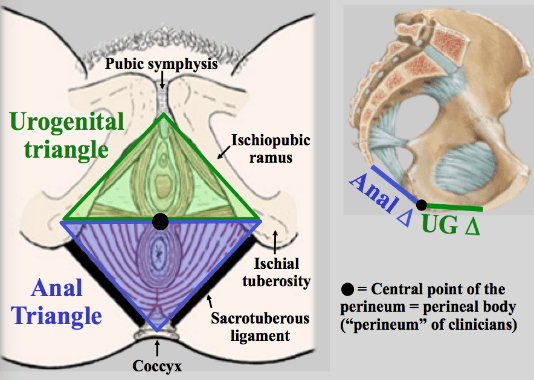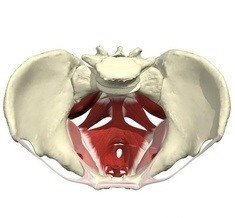I really love this topic, and it’s OK if you think that’s weird!
Our pelvic floor does so much for us, and it’s not just about Kegels!
Most of us don’t even know WHERE our pelvic floor is or WHAT is does?
When we don’t understand a part of our body, it creates a certain level of shame and anxiety. I want to change that!
Obviously, this is an intimate topic, but it’s YOUR body! How can you know if something is wrong if you can’t talk about it?
It saddens me that the only info you ever see in the media in regards to pelvic floor is an advertisement for Poise pads or Depends. I think the intention was to somehow normalize the conversation and help women feel that it was okay to talk about… but yet it fell FAR short! What it did instead was offer a very short term solution, a “band-aid approach” and it condensed the entire pelvic floor and core system to only one symptom: leaking.
There was no tag-line encouraging you to talk with your MD and you certainly did not hear them mention reaching out to your physical therapist!
Most ladies I come in contact with have NO idea that there is a branch of physical therapy that focuses on women’s health…not to mention they are unsure about what that even means!
So let’s take a look at the anatomy and function of the pelvic floor

The pelvic floor forms a muscular base along the pubic bone to the tailbone, surrounding the vagina and anus. It is often described as a “sling ” or “hammock”. Along with the deep abdominals and diaphragm, the pelvic floor muscles act as our “core,” providing spinal stability. It also has important roles in bladder and bowel control and sexual function!
There are two layers that make up the pelvic floor: superficial and deep.
- Superficial: provides the “squeeze,” closing the openings and helping with continence.
- Deep: Provides the “lift” and support to pelvic organs and helps prevent prolapse.

Our pelvic floor also assists with pressure regulation (intra-abdominal pressure) , stabilizes our spine and hips, and contributes to posture and breathing. When these functions are impaired, it can play out in many different ways. In some women, it may present as low back pain, SI joint pain, and hip pain, and in others as pain with sex or leaking with running.
“Tone” is important term for us to consider when discussing pelvic floor dysfunction. “Low tone” implies that a muscle has too little “tension” or force at rest. Conversely, “high tone” implies that a muscle has too much “tension” or force at rest. So not only is weakness or low tone an issue , but quite often women have tightness and TOO MUCH tone/muscle activity in their pelvic floor, and both extremes can lead to dysfunction. Assessing the muscle tone of several important muscles of the pelvic floor helps me guide my patients towards interventions and treatments that are most effective for their individual bodies.
You can easily feel your pelvic floor muscles in a seated position. Take your hand and place just to the inside of your “SIT” bones, the rounded bones you feel under your bottom. You can also try to sit on a small ball, rolling front to back and see if you can feel for any tender spots. I like to teach women to feel their pelvic floor lengthening, moving slightly downward on an inhale, then returning on exhale.
Self internal assessment is also important in order for you to understand and connect with YOUR body. Once you develop this awareness, it never goes away! Building awareness and a level of comfort with this part of your body is KEY to healing.
Our ability to detect changes in our body and to sense how we are responding to stress and triggers goes a long way towards recovery. Mindfulness and meditation allow us to find that mind/body connection, and this is an often-overlooked component of treating the pelvic floor.

I’ve included a link to one of my favorite animations which does a great job of illustrating a lot of the concepts I have discussed above. Although these issues are often kept in the shadows, I enjoy bringing these things to light so that we can have a better connection with our own bodies.



